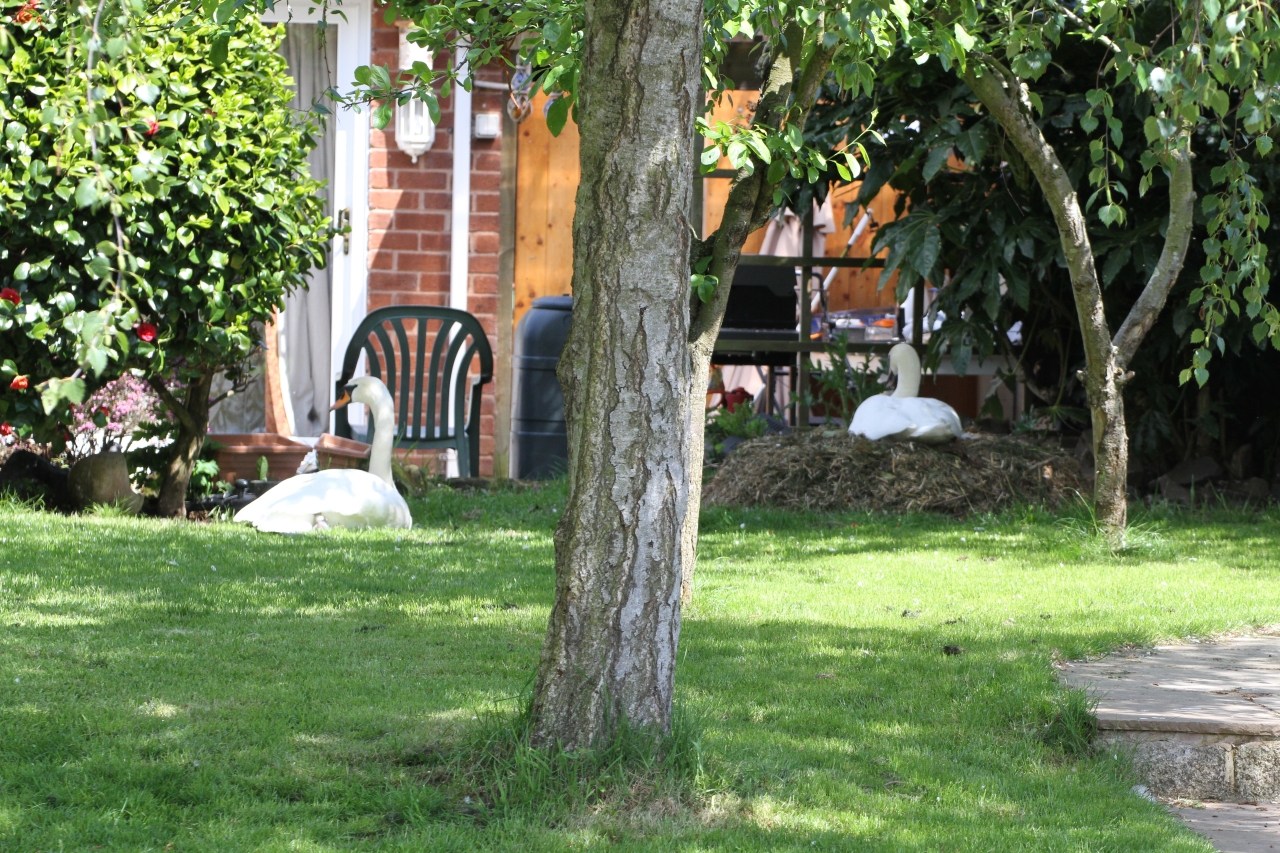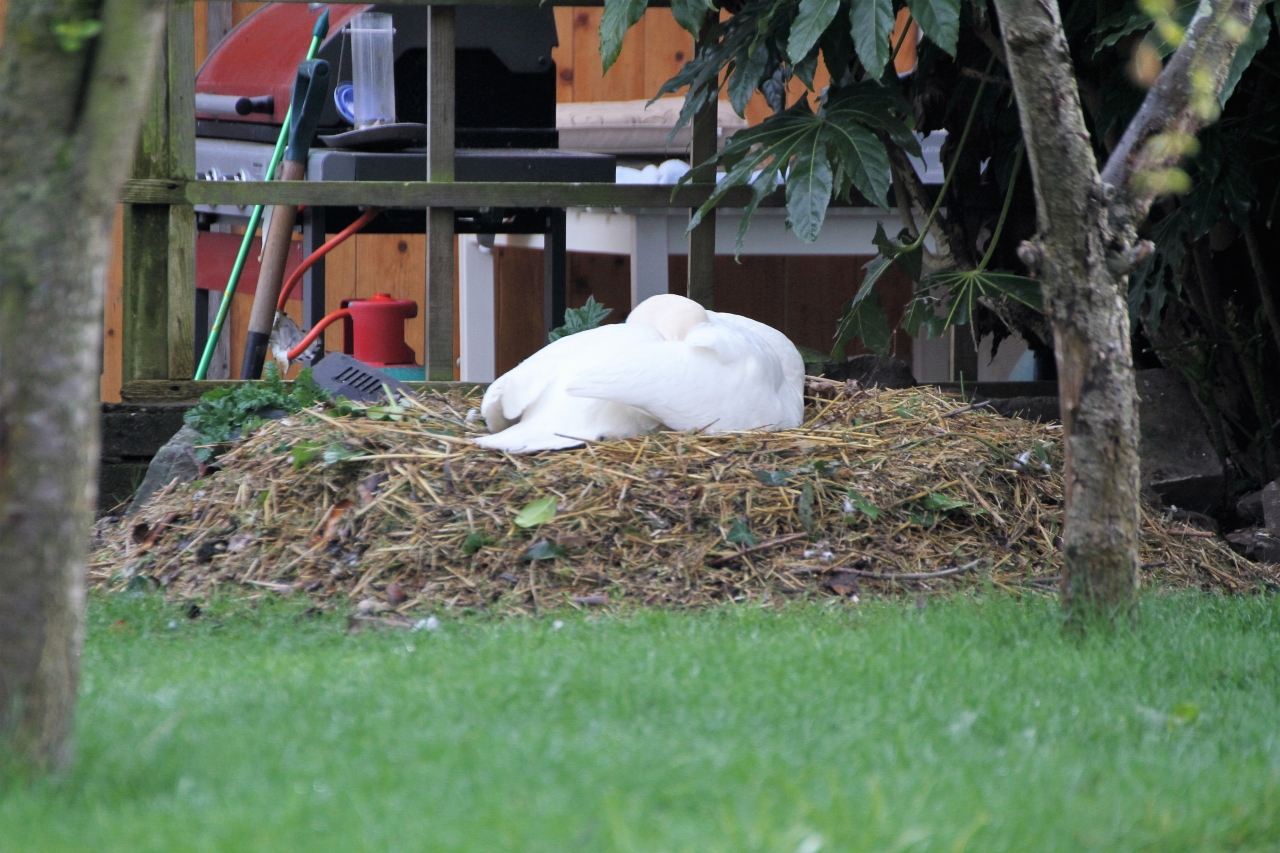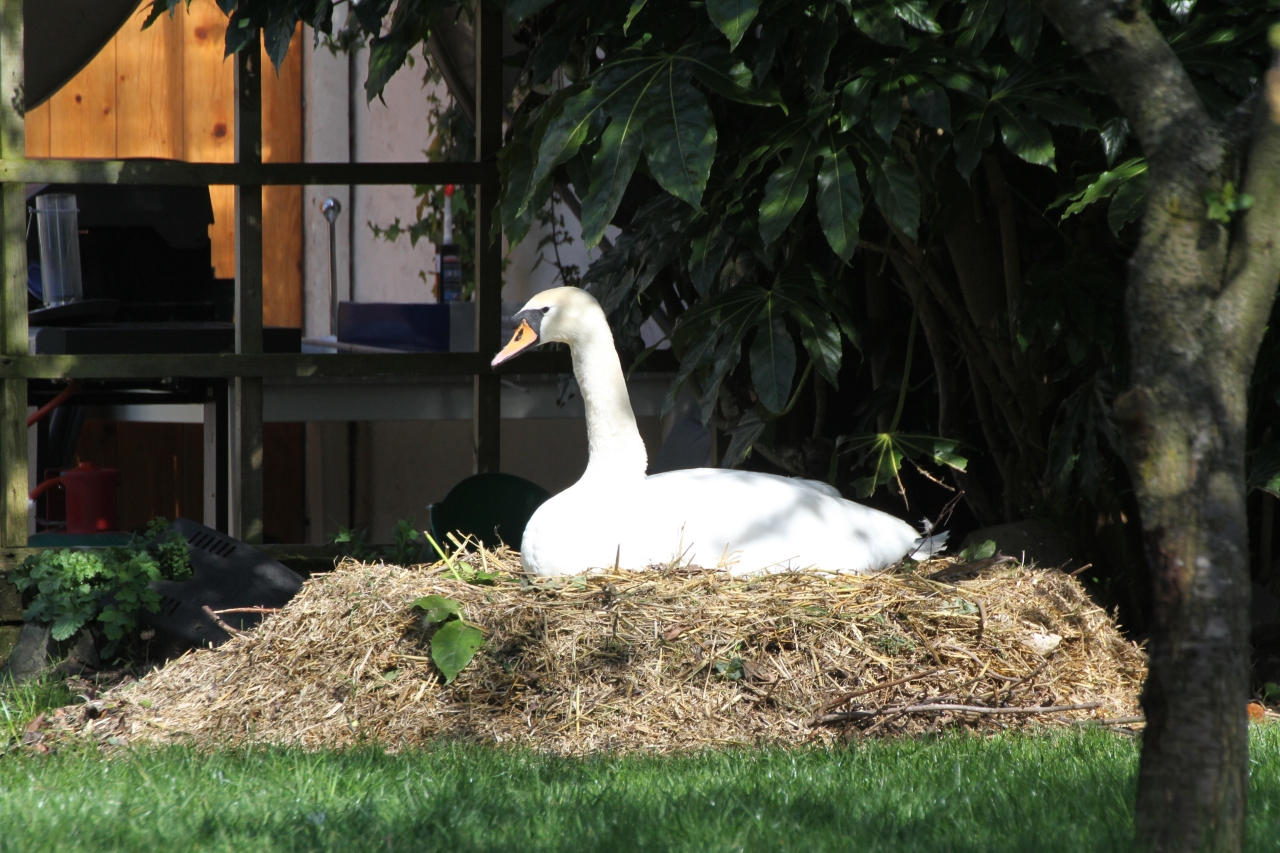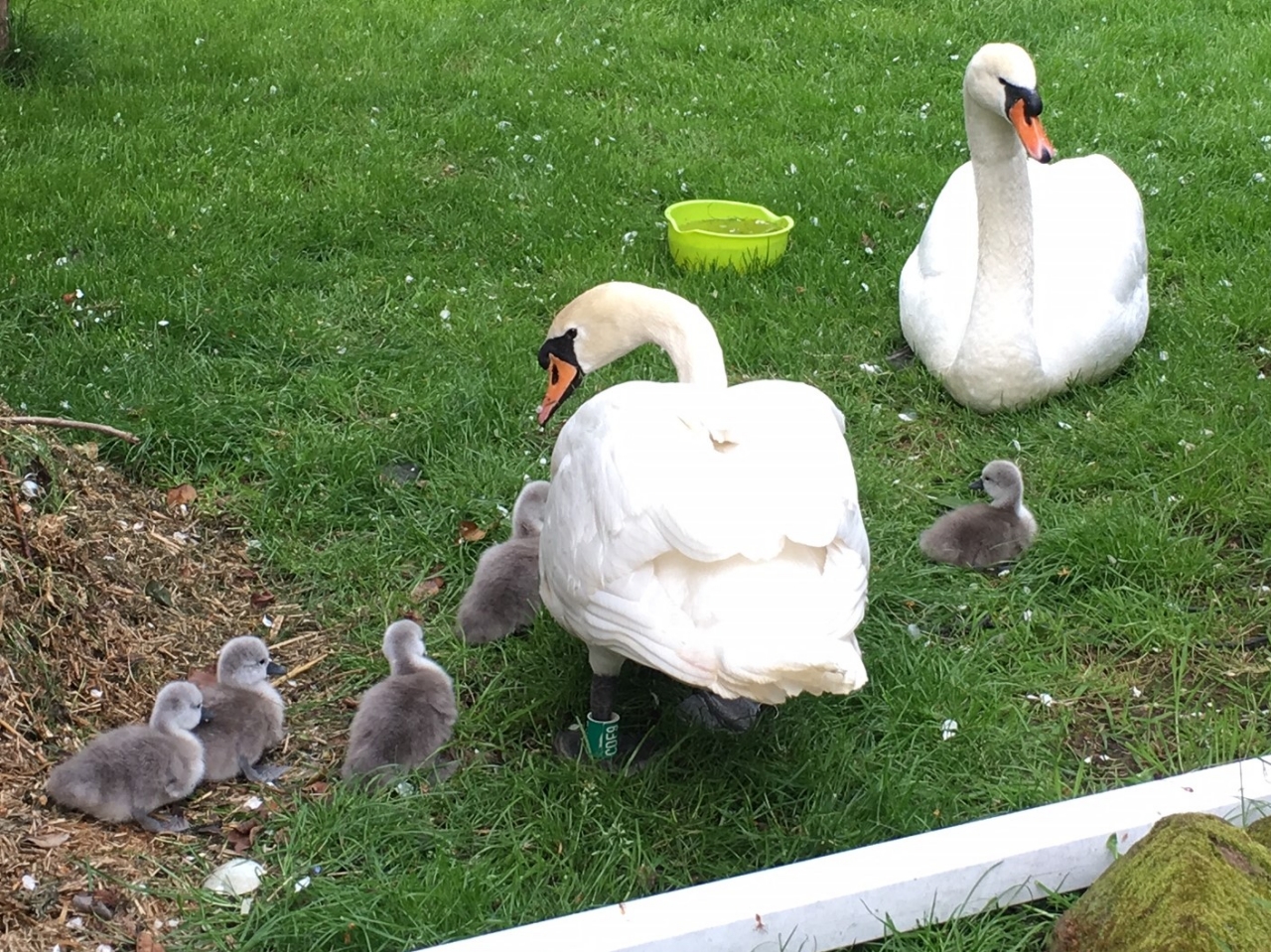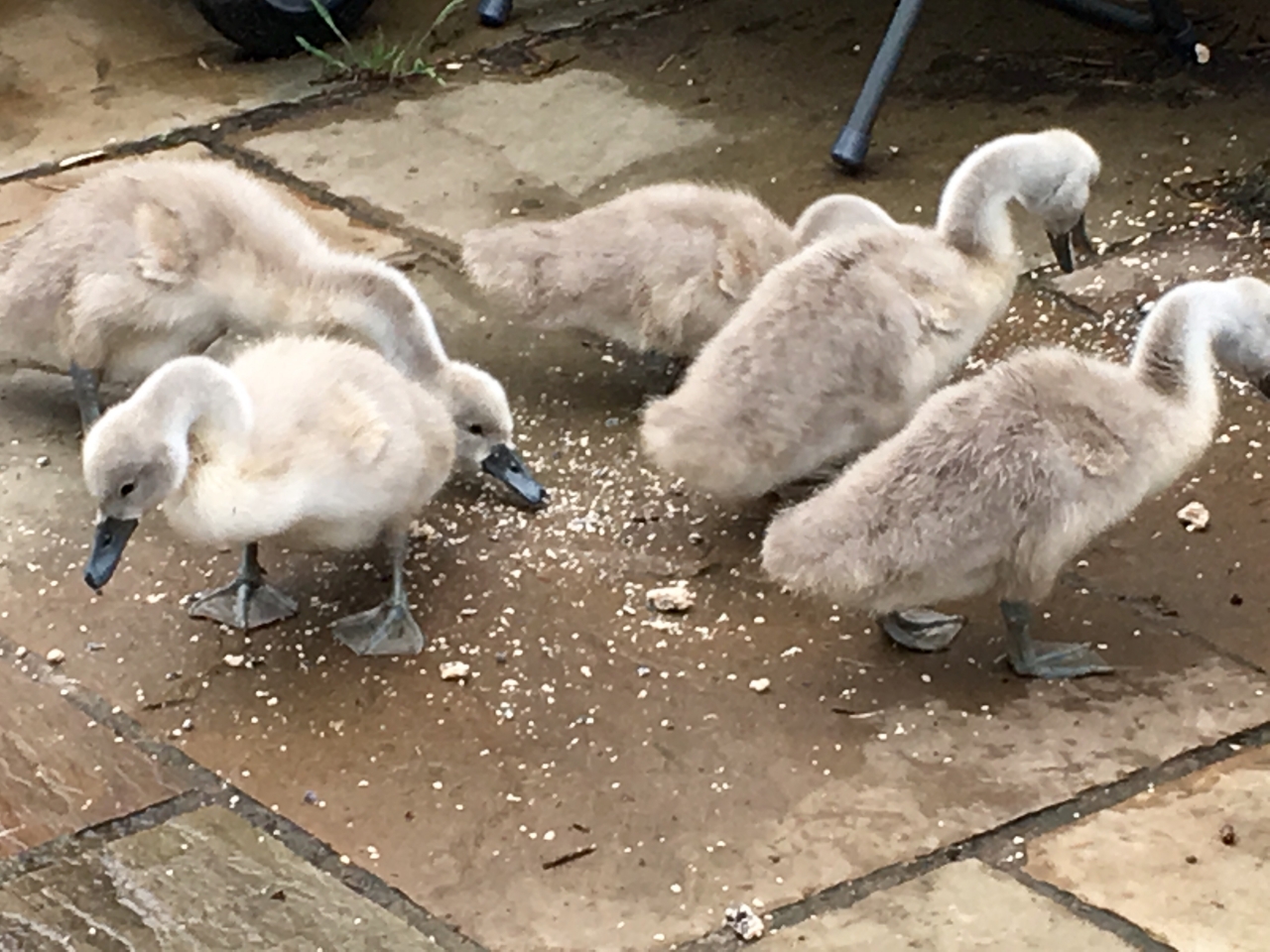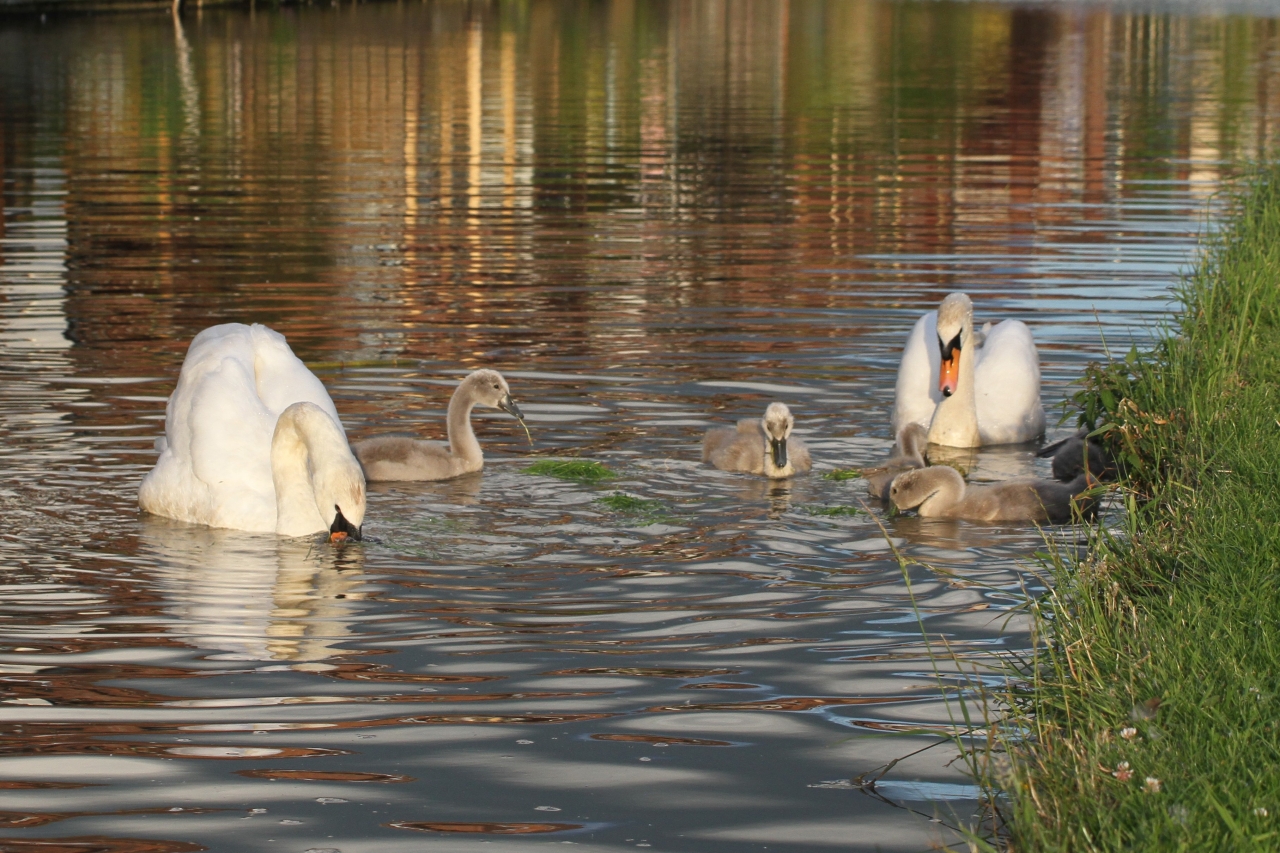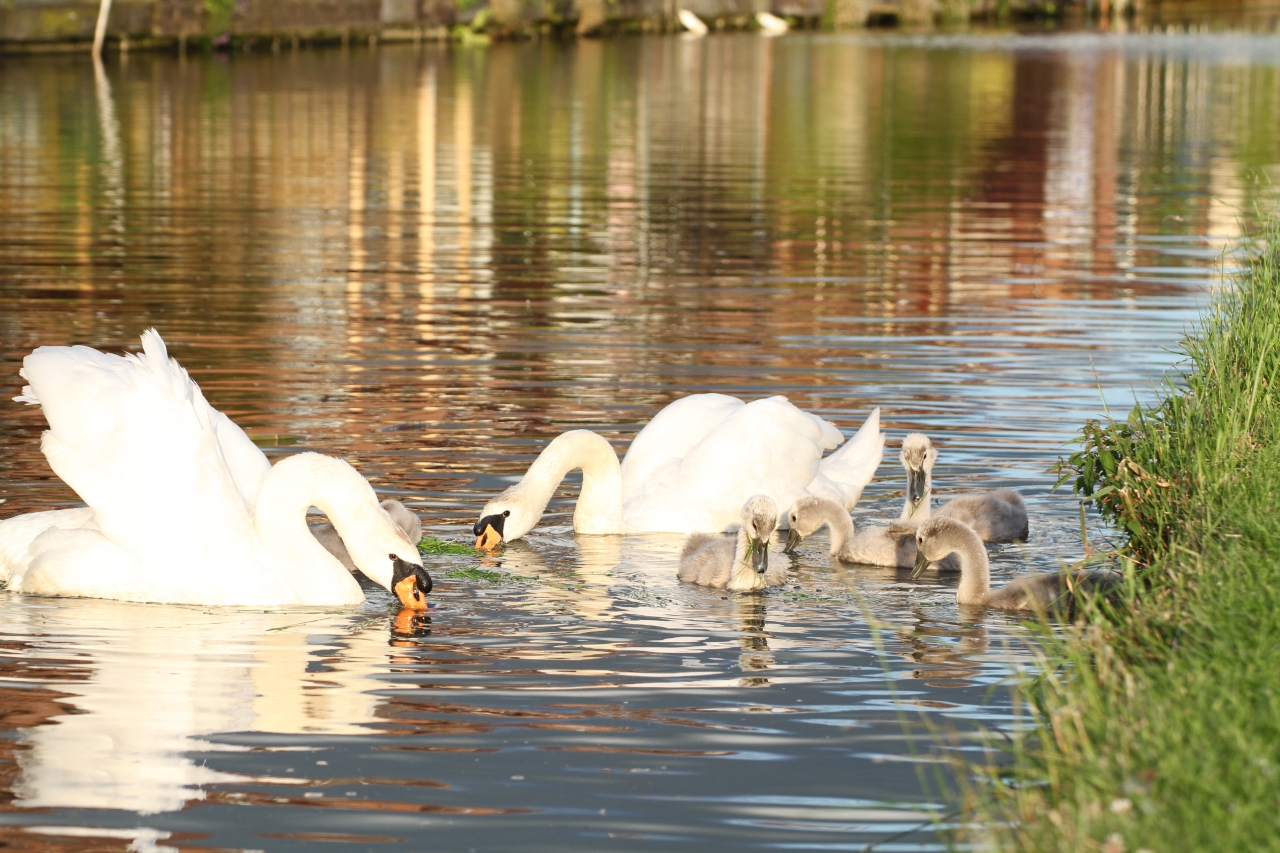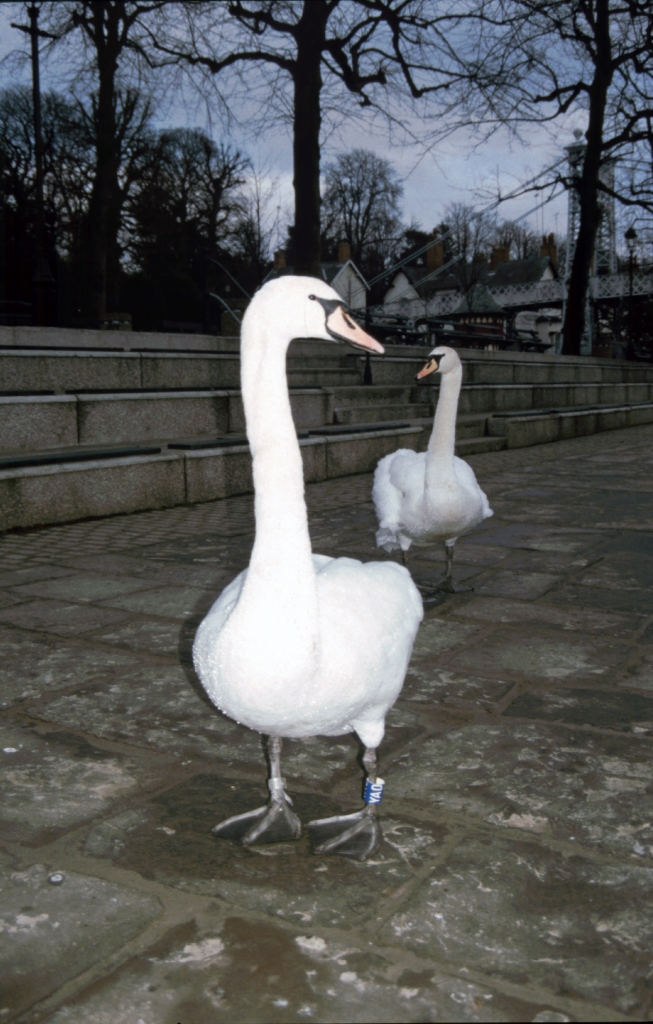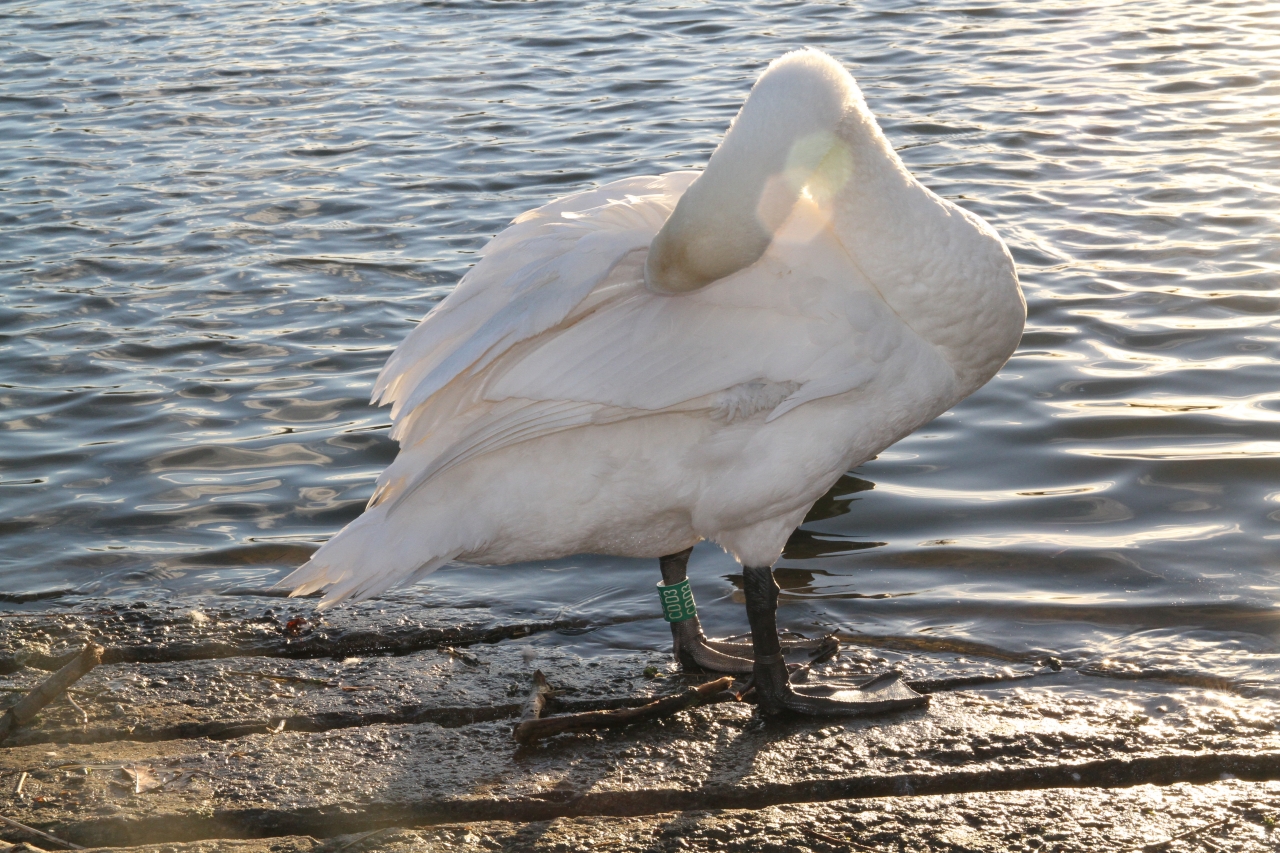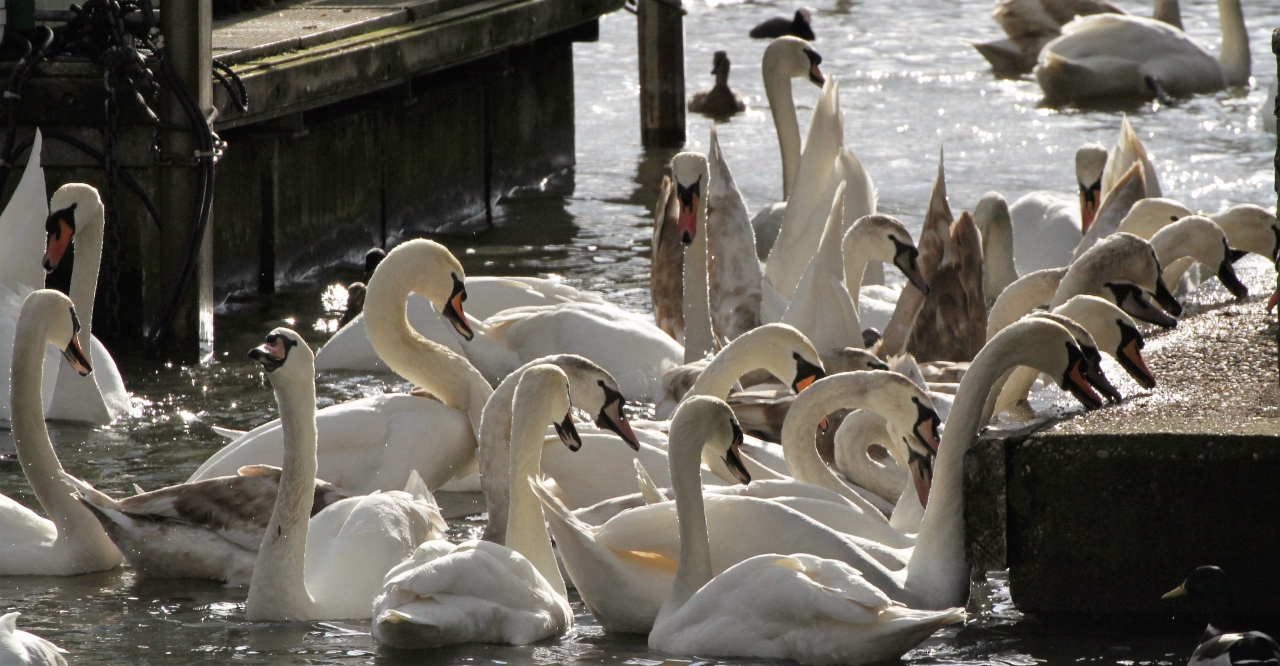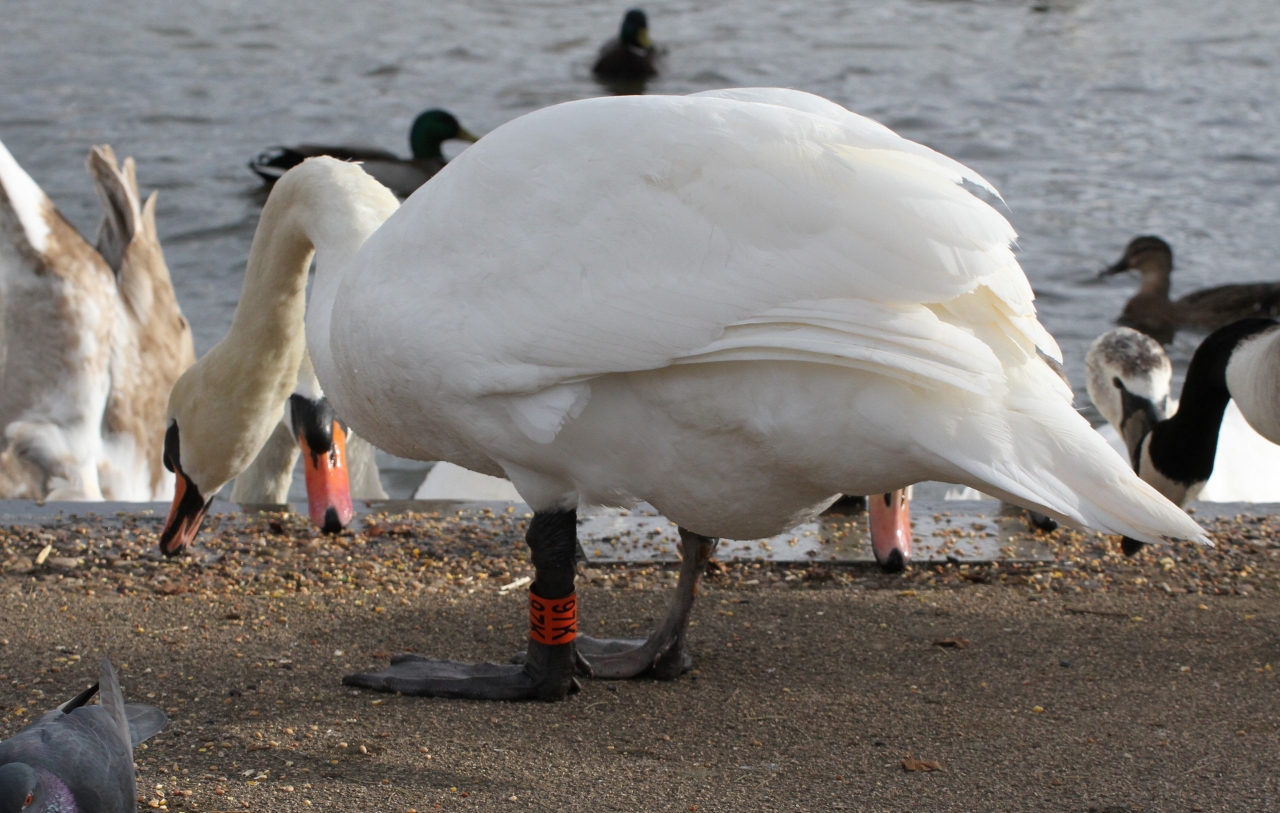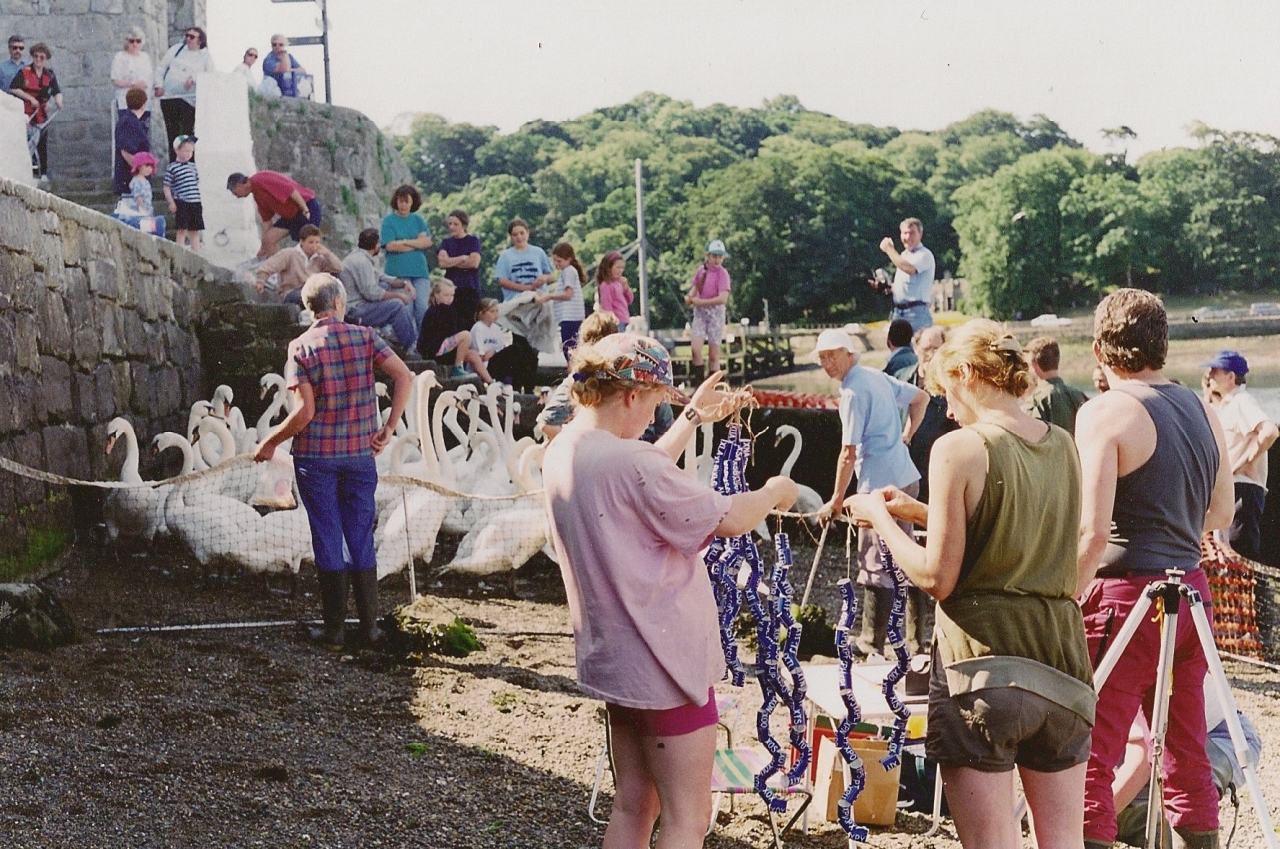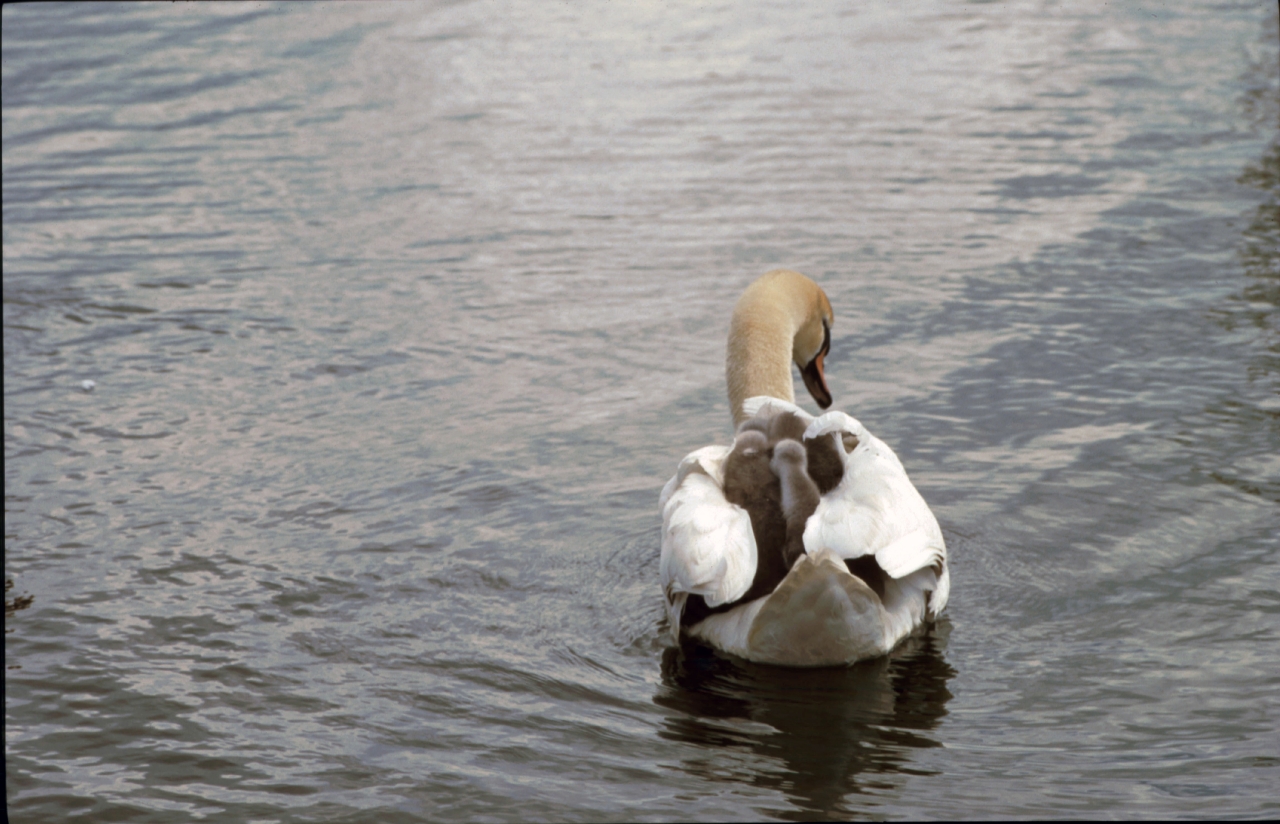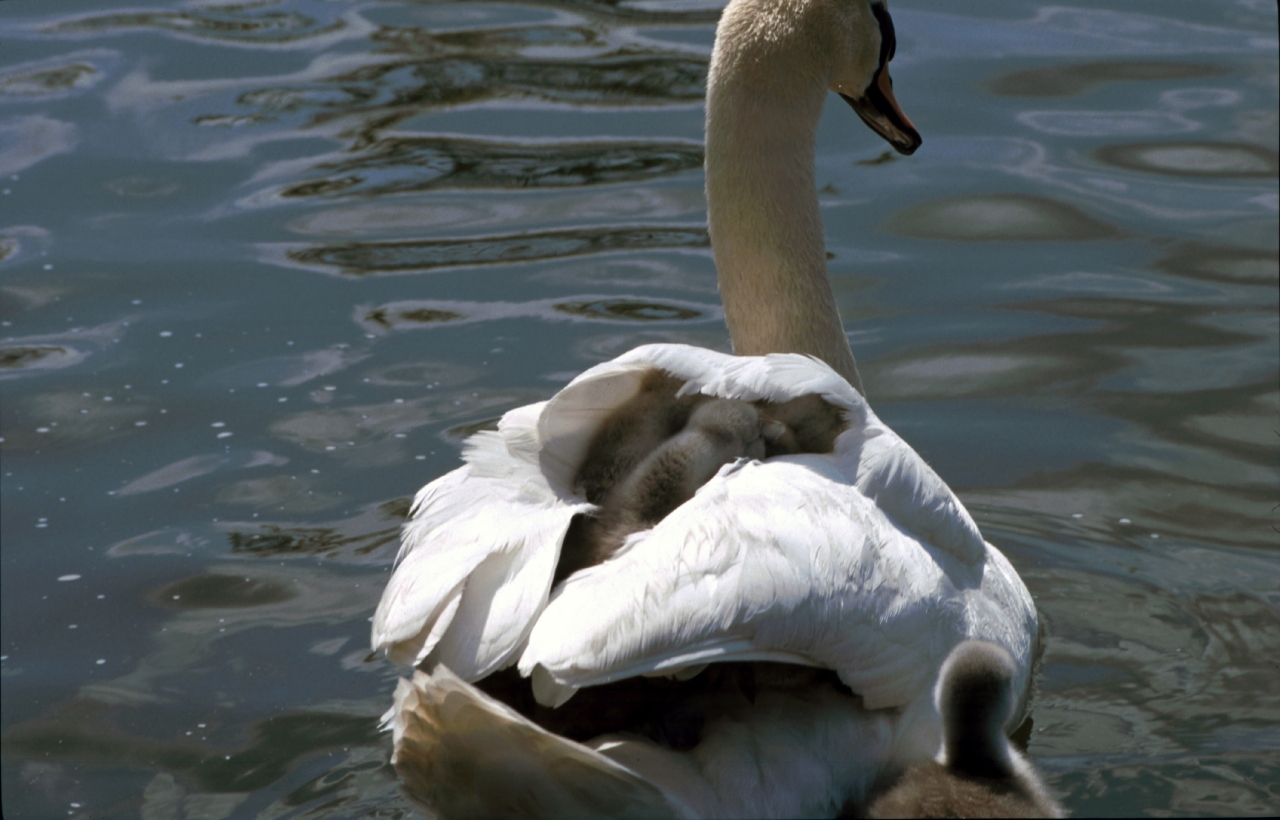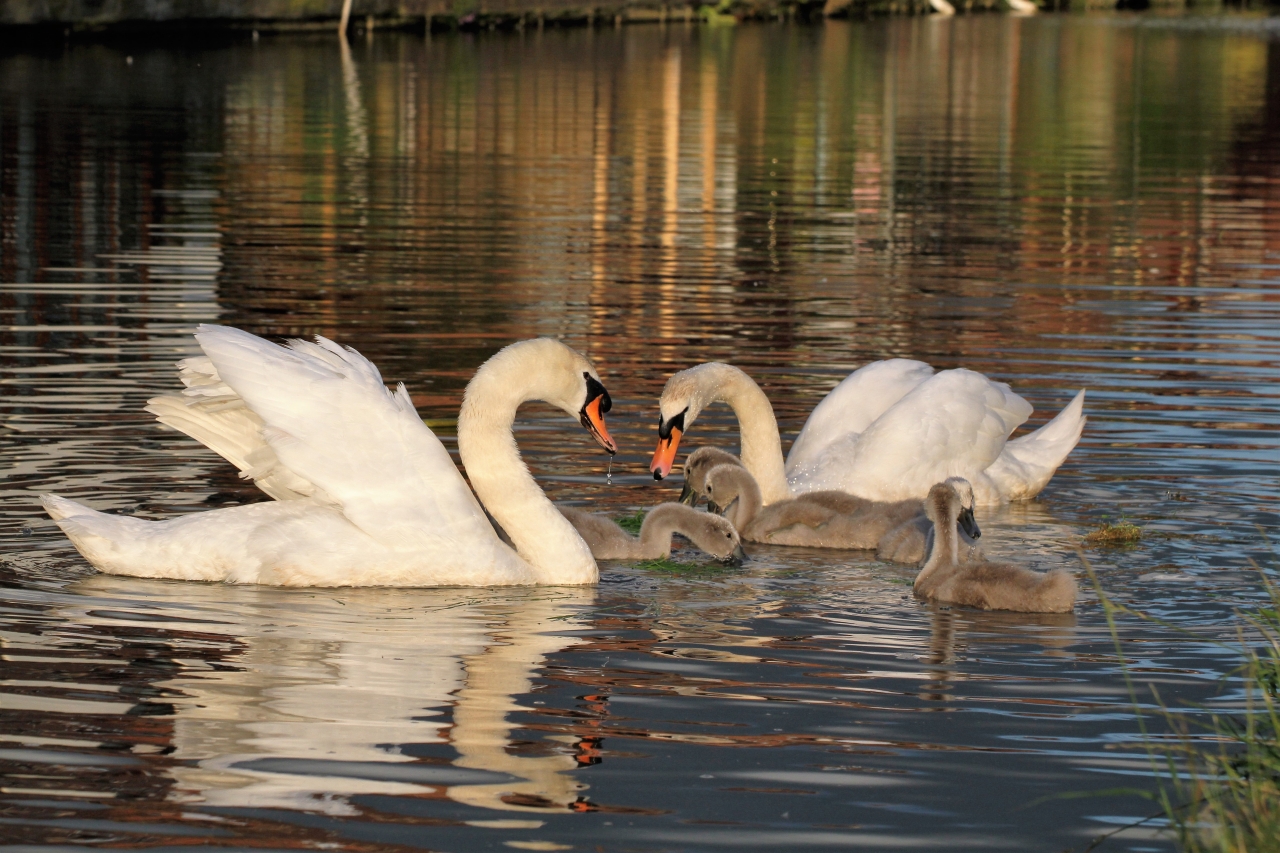
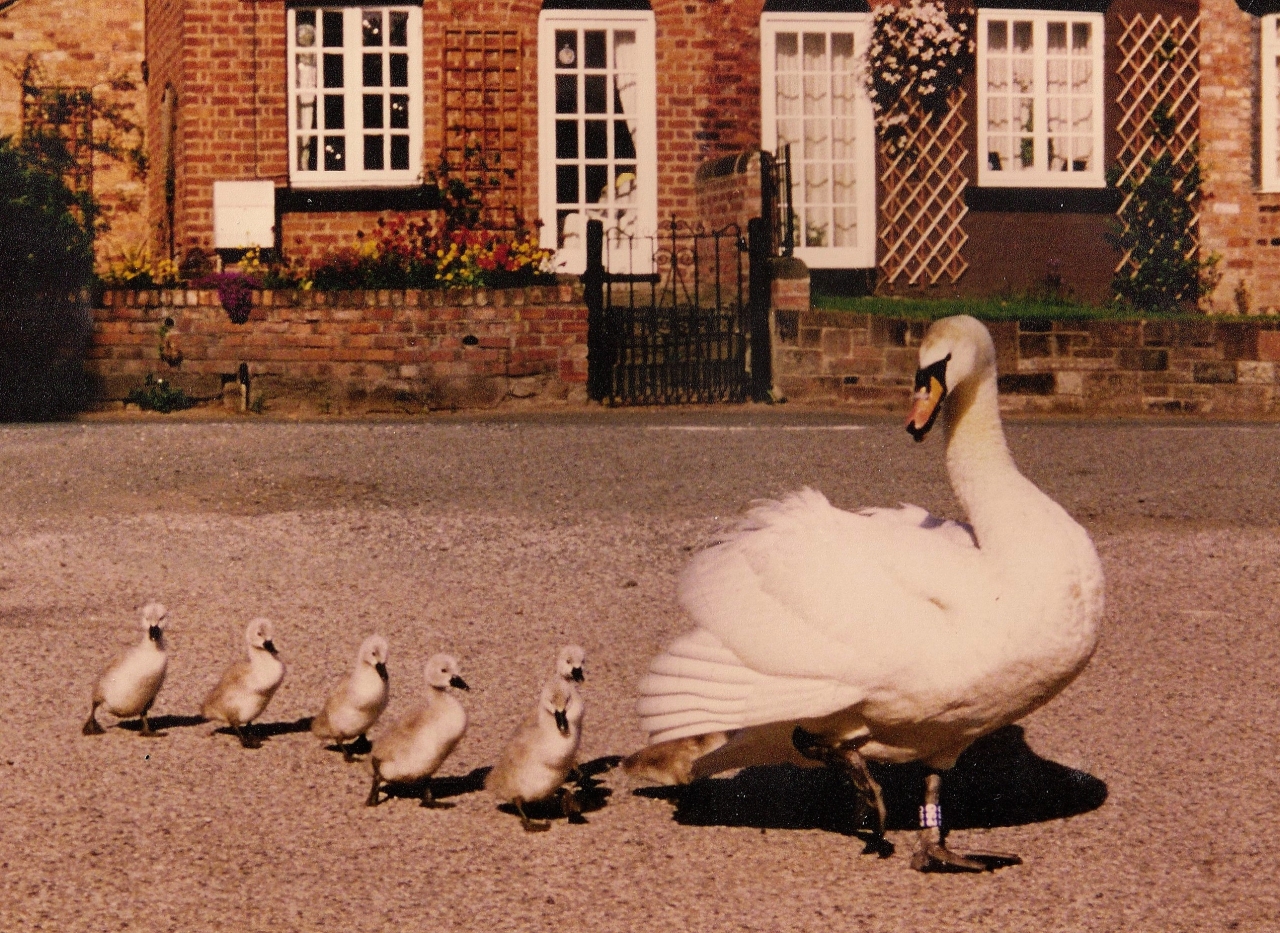
The main species of swan that we see in Britain are Mute Swans. Evidence has been found to suggest that they have been around in the UK for thousands of years. Many were kept as birds for the table, in hospital grounds, and at Monasteries such as at Abbotsbury in Dorset where the monks established a colony over 900 years ago. Mute swans were marked on their bills to indicate their ownership. All unmarked swans then became the property of the Queen. The swans at Abbotsbury have one other interesting feature, in that over the years the swans have become non territorial and live together on the water called The Fleet. They also nest side by side with each other on nests provided for them by the “swan herd”. All other swans including those at Christleton are highly territorial and do not allow other swans in on their area.
The Worshipful Companies of Vintners and Dyers also still have the right to mark their swans and this takes place in the famous ceremony of Swan – upping each July on the River Thames. Today metal, and often additional coloured plastic rings are put on swans’ legs to indicate ownership, or place of ringing, such as at Christleton. Swans in Cheshire have green coloured rings with white letters and numbers. Swans from other parts of the UK have coloured leg rings such as yellow for Staffordshire, orange for Warwickshire, and blue for Lancashire. This enables researchers to follow the movement of swans throughout the country and sometimes overseas. Swans from the Chester area have been seen in Northern & Southern Ireland, Scotland, Northern England, Shropshire, Gloucestershire, Devon and recently one was seen at Kensington Palace Gardens in London.
Swans are long lived, our Christleton cob is over 25 years old, and will mate for life if things go right, but as in the human world, it often doesn’t. Although they can be very belligerent, and liable to attack dogs, and man, if they get too close. This is especially so if they are protecting cygnets. They are wonderful parents, and we’ve seen some amazing sights, including the pen having all eight cygnets sitting under her wings on her back, or shepherding the cygnets carefully through our village to get to the canal from the Pit. They are also very intelligent, can identify safe places to feed, and people to trust. Our cob has been unable to walk properly or fly for the last three years, due to an arthritic hip, and instinct has told him to stay on the canal to breed, and not make the hazardous journey through the village. Finding a village family who provide the facilities for a nest site in a corner of their garden, he has even got on famously with their dog, and they seem to get on wonderfully. However any other dog seen to come close to the swan family near the canal will get the “hissing and very angry” treatment.
Swans have long been one of the traditions of the village of Christleton, being seen first as marks in a wax seal, made by villagers purchasing a new church building in 1737. Almost all village organisations have adopted the swan as their emblem, and we are all very proud of this. Although we no longer have swans on “The Pit” they are still very much part of the village being on the canal. This year we have five healthy cygnets, although one did disappear down the sluice near the lock a week or so ago and had to be rescued by the RSPCA. They are still all safely together and can be seen roosting on the bank opposite the Trooper most evenings and moving along the canal between Christeton Lock and Waverton during the day.
-
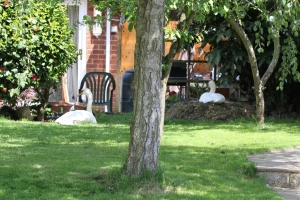
-

-
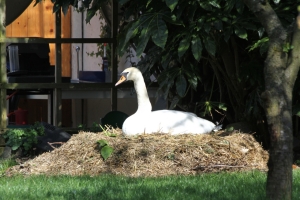
-
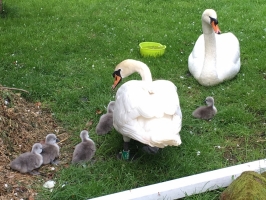
-
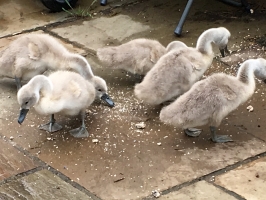
-

-
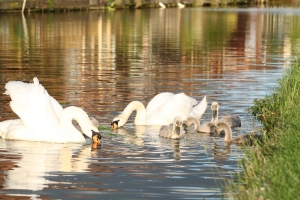
-
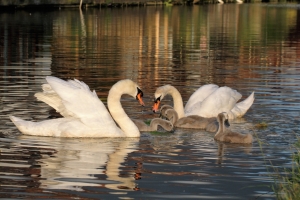
-

Chester swans seen in Ireland 1980's
-
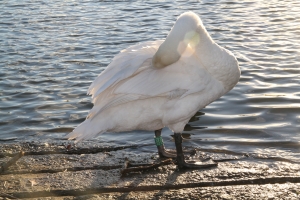
Green Ringed
-

Mute Swans
-

Orange Ring
-

Swan Ringing Caernarvon
-
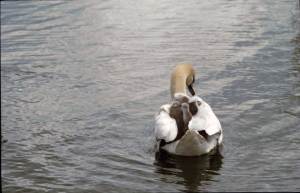
Swan Safety
-
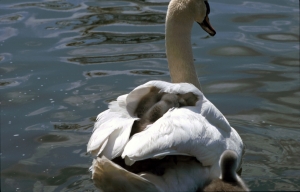
Swan Safety
-
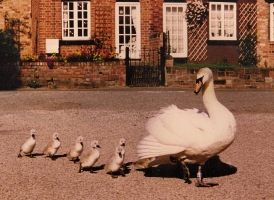
Swans walking through Christleton

